
36 minute read
News
Blue Eyed Daisy, Church Street Gallery, Aspiring Nutrition, Maddy’s, Harmony Health, Emerson Bridal, Corex, White Bison
BY BRACKEN MAYO
Advertisement
Local artists and supporters of the arts Maredith Clayton Metier, Mary Miller Veazie and Eric Snyder have recently opened CHURCH STREET GALLERY at 124 N. Church St. in downtown Murfreesboro.
The venue, with the mission of showcasing talent and celebrating artists, will display and sell fi ne art prints, clay art, sculptures, jewelry, glass pieces and other works from regional artists.
Church Street Gallery is open from 11 a.m.–5 p.m. Tuesday–Friday, 9 a.m.–5 p.m. Saturday and 10 a.m.–2 p.m. Sunday. For more information on artists and images, visit churchstreetgalleryboro.com.
Coach Jacob Lembke has brought CORAX STRENGTH AND PERFORMANCE to 3242 Memorial Blvd. (next to Two J’s Grille) to help athletes of any level chase their dreams both on and off their chosen fi eld of competition through research-based training.
Cynthia and Ken Walker have opened HARMONY HEALTH MEDICAL on Dow Street, offering a combination of primary family care and mental health care services and treating various psychosomatic conditions. Harmony believes in emphasizing preventive care and encouraging its patients to develop healthy habits and lifestyles.
AROUND TOWN ’BORO BUSINESS BUZZ
EMERSON BRIDAL has opened at 130 N. Church St., the former home of Shave barbershop. Owner/operator Katie Homrighausen said she has always dreamed of opening a small business and, once she moved to Murfreesboro with her husband, she was able to pursue this dream as the space became available just off of the city’s Public Square. The bridal shop is currently booking appointments. To set up a time, email bookings@emersonbridal.com.

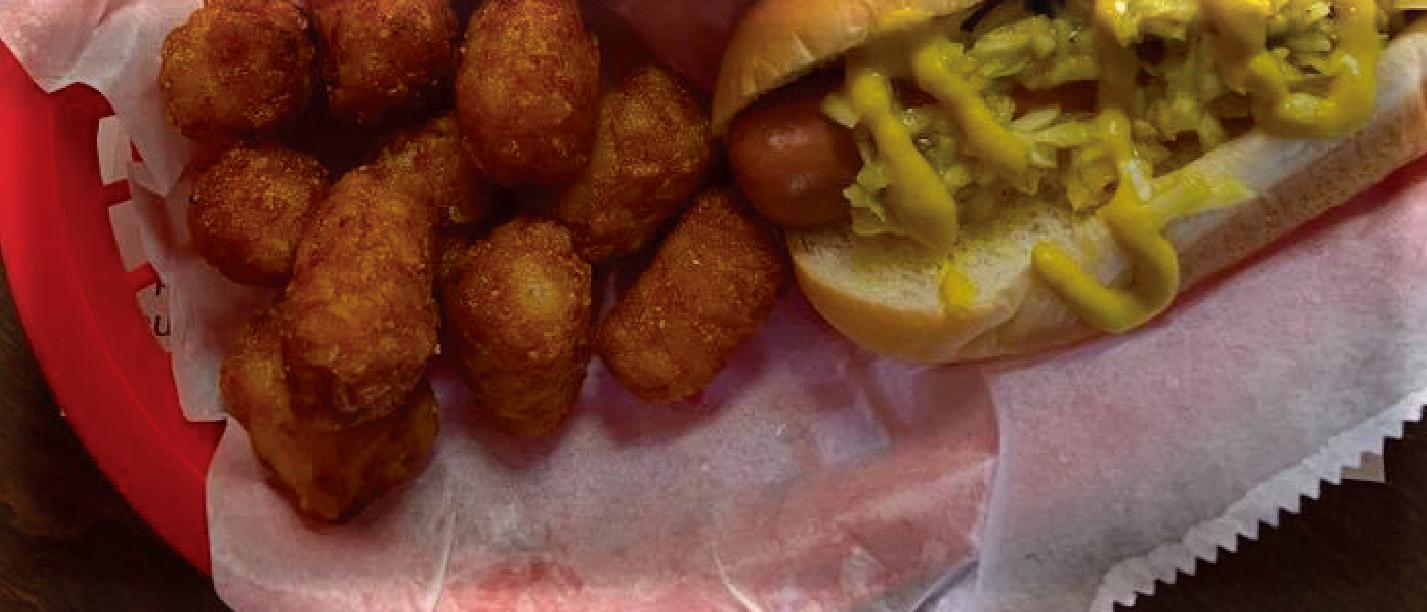

MADDY’S RESTAURANT, on Rock Springs Road in Smyrna, serves burgers, hot dogs, fries, tots, bologna sandwiches, ice cream and more. The eatery celebrated its grand opening in October.
Owned by Danny and Angie Perdieu and Chris Schmidt, the Maddy’s team held a grand opening event with a hot dog eating contest and fi ve-pound burger challenge; those who dare may still take on the fi ve-pound burger challenge in the restaurant. The diner will also host live music on its stage. Find it at 901 Rock Springs Rd., near the Old Nashville Highway intersection, in the same shopping center as Giorgio’s Pizza, Sunshine Nutrition and Yummy Poki. Maddy’s Restaurant is open 11 a.m.–8 p.m. Tuesday–Sunday.
Cynthia, who has a medical degree, and Ken, who has a business degree, decided to combine their skill sets to open their family business in Murfreesboro.
For more information or to set up an appointment, visit harmonyhealthmedical.com or call 615-603-2272.


Gabe Frazier and Bethany Cardente purchased the Murfreesboro Embroid Me location, which is now known as FULLY PROMOTED, in 2019, but had to wait a while to hold the ribbon-cutting ceremony for the new business. Fully Promoted was fi nally able to celebrate with a one-year anniversary in October. Fully Promoted, 1818 NW Broad St., offers area businesses and organizations a wide selection of branded apparel, pens, pencils, drinkware, plaques, mouse pads, infl atables, bags and all sorts of promotional items. CONTINUED ON PAGE 25
Dr. Zac Ditmarsen, who owns and operates Aspiring Health Clinic of Chiropractic on Thompson Lane, has opened ASPIRING NUTRITION, which plans to hold a ribbon cutting in November.
Located at 2812 Old Fort Pkwy., Suite J, (near Wasabi and Grind House Boxing), Aspiring Nutrition serves protein shakes, teas and meal replacements, and also offers nutrition consulting, coaching and periodic weight loss transformation challenges. It has a comfortable and spacious bar and lounge where guests can drink and converse. For fi tness tips, recipes, to order Herbalife products or for more information, visit aspiringnutrition.com.
THE BLUE EYED DAISY BOUTIQUE has opened at 423 N. Walnut St., offering women’s apparel, jewelry, infant and toddler items, gifts and accessories.
Owner Diane Austin began a career as an entertainer in 1978 at Opryland as a singer and dancer in shows there. She went onto record and tour with the group The Girls Next Door, touring with Lee Greenwood, The Oak Ridge Boys and the Statler Brothers. Austin returned to Opryland as a performer, but after earning a degree in music education from MTSU she began a second career as a music teacher, teaching music at Providence Christian Academy, MTSU, Rockvale Elementary and The Academy of Music and Drama. Making jewelry with her dear friend Beverly Bryan sparked the concept for the Blue Eyed Daisy Boutique.
The Blue Eyed Daisy will host a Customer Appreciation Event on Saturday, Nov. 7, from 10 a.m.–6 p.m. and the store is open Monday–Saturday from 10 a.m.–6 p.m.
Visit theblueeyeddaisy.com for more information or to shop online.



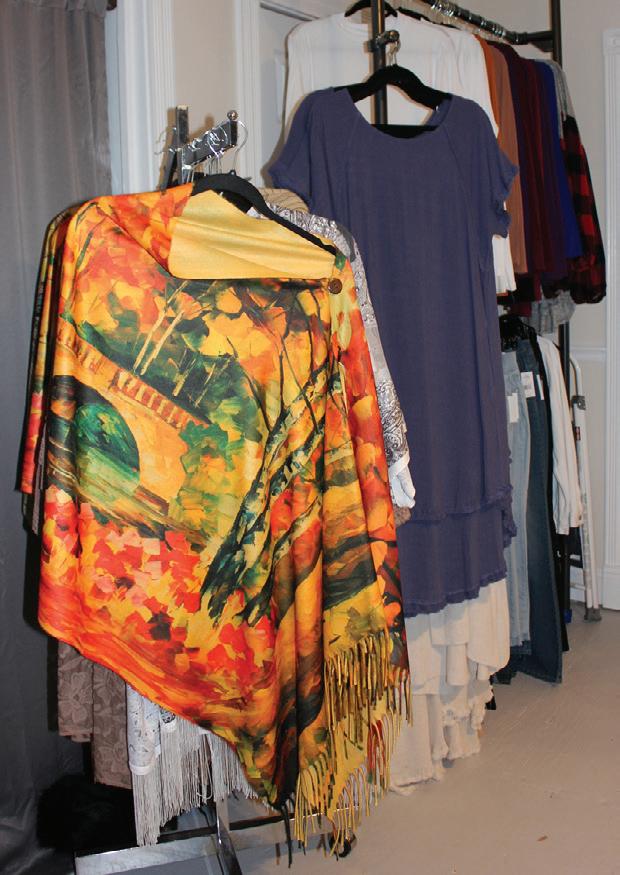
Nashville-based convenience store brand Twice Daily and WHITE
BISON COFFEE have opened two area-integrated locations this fall, one at 8064 Horton Hwy., Arrington, and the other at 522 Waldron Rd., La
Vergne. Both locations debuted a new store design, featuring updated technology, and extended menu offerings.
“Our new integrated stores will be the fi rst Twice Daily and White Bison Coffee locations in Arrington and La Vergne, making them the fi rst communities to experience our new look,” said Steve
Hostetter, CEO of Tri Star Energy. “We look forward to bringing our new design to additional markets in the near future.” The White Bison Coffee locations will include drive-thru windows where guests may pick up breakfast sandwiches, bagels, salads, pastries, and coffee and tea items.
ASCEND FEDERAL CREDIT UNION opened a new branch in Smyrna in October. The state-of-the-art building, located at 769 Nissan Dr., replaces the original structure. Ascend now has 28 total full-service fi nancial centers throughout Middle Tennessee, with six located in Rutherford County. The full-service
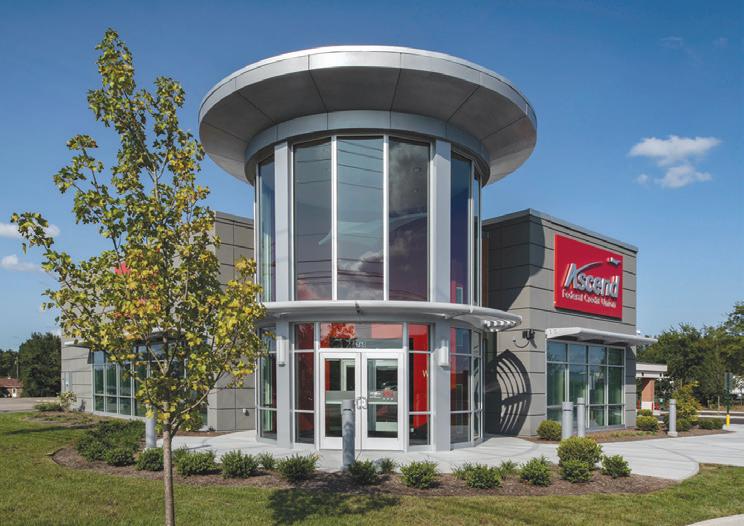
branch offers checking, savings, money market and certifi cate of deposit accounts and mortgages, loans and lines of credit. It also features six interactive teller machines, from which a service representative is available via video to provide a full suite of services. Three of these are located inside the building and accessible during operating hours and three are located outside and can be used as ATMs around-the-clock.
Ascend, based in Tullahoma, Tennessee, has 220,800 members. For more information, visit ascend.org.
MEDITERRANEAN GRILL GREEK GYRO will open soon in the building on Memorial Boulevard that Fat Mo’s occupied for many years.
Professional Networking and Business Brainstorming
RETURNING IN DECEMBER WITH A SPECIAL EDITION MURFREESBORO SMALL BUSINESS FAIR THURSDAY, DEC. 10 4–8 P.M. • THE WALNUT HOUSE 116 N. WALNUT ST., MURFREESBORO FREE AND OPEN TO THE PUBLIC PRESENTED BY
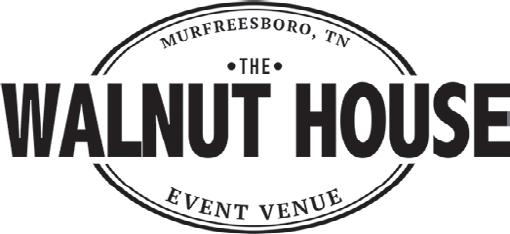

Right coverage. Right price. Right here in town.
Dana R Womack CPCU, Agent 805 S Church Street Suite 10 Murfreesboro, TN 37130 Bus: 615-900-0877 Fax: 615-900-0779 www.myboroagent.com Here’s the deal. The right insurance should help you feel confident and comfortable. I’m the right good neighbor for that. Call me today.
Like a good neighbor, State Farm is there.®
State Farm Bloomington, IL 2001290
Opinion
Maybe 2020 is The Weird Year to Bring Back Jingle Bells, Eel Pie and Trick-or-Treating on Thanksgiving
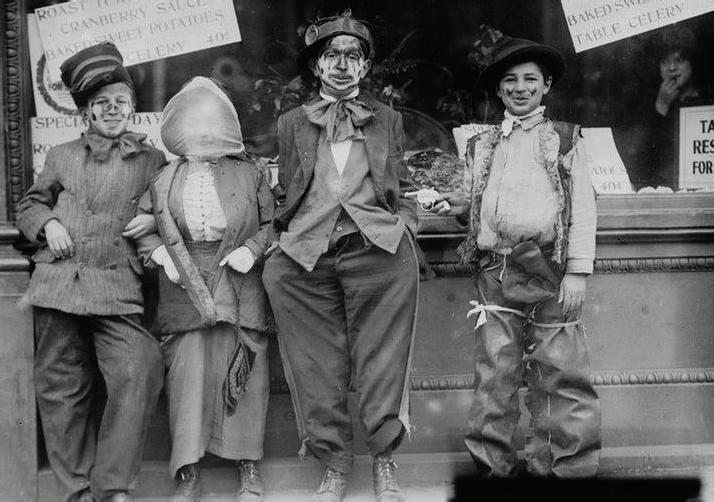
BY TONY LEHEW
THE HOLIDAY SEASON IS UPON US once again, this time in one of the strangest years in contemporary history.
Since this is such a weird year and Thanksgiving is coming, let’s take a look at how weird Thanksgiving really is. Before I get into the weirdness, we’ll set the backdrop with a little history.
– As most of us learned from grade school history class, the fi rst Thanksgiving was celebrated in 1621 over a three-day harvest festival. It included 50 Pilgrims and 90 Wampanoag Indians, and lasted three days.
– The Continental Congress declared the fi rst Thanksgiving in 1777, but the custom fell out of use around 1815.
– Abraham Lincoln proclaimed Thanksgiving a national holiday on Oct. 3, 1863.
– Turkey didn’t become a staple of Thanksgiving until after Lincoln declared it a holiday.
– The fi rst Thanksgiving did not include turkey; although the Pilgrims did actively hunt and eat turkey, its not believed that they consumed turkey during the celebration. Instead, venison, duck, goose, oysters, lobster, eel and fi sh were likely served at the fi rst feast, alongside pumpkins and cranberries (but not pumpkin pie or cranberry sauce!). Someone please take an eel pie to the in-laws this year and report back to us how that goes over.
– The fi rst Thanksgiving was a celebration of a successful harvest. The bounty of the harvest could literally mean the difference between life and death to the Pilgrims or the Indians.
– There is no direct evidence it was either the Pilgrims or Wampanoag Indians who extended the invite to the other to celebrate the harvest together or even if it was a common practice. So whomever came up with the idea is lost to history, but their idea has endured more than 400 (nonconsecutive) years.
– The tradition of football on Thanksgiving began in 1876 with a game between Yale and Princeton. The fi rst NFL games were played on Thanksgiving in 1920.
A Blurred Line Between Halloween and Thanksgiving
In the early part of the 20th century, Ragamuffi n Day was a celebration as part of Thanksgiving, which involved children going door-to-door seeking candy, dressed as beggars and homeless residents of New York. Ragamuffi n Day was a predecessor to Halloween, which rose in popularity in the 1940s and 1950s.
Mary Had a Little Thanksgiving
Sarah Josepha Hale, who wrote the very popular children’s poem “Mary Had a Little Lamb,” is also known as The Mother of Thanksgiving.
A lifelong advocacy for the equal treatment of women led her to an editorship at Godey’s Lady Book, which was very infl uential in her day. While at Godey’s, Hale often wrote editorials and articles about the holiday and she lobbied state and federal offi cials to pass legislation creating a fi xed, national day of thanks on the last Thursday of November. She believed that such a unifying measure could help ease growing tensions and divisions between the Northern and Southern parts of the country.
Her efforts paid off: By 1854, more than 30 states and U.S. territories had a Thanksgiving celebration on the books, but Hale’s vision of a national holiday remained unfulfi lled until the midst of the Civil War and many thousands of lives were already lost.

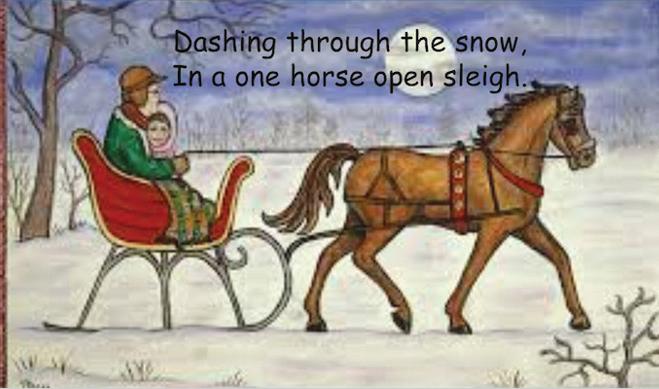
Thanksgiving Date Controversy
Thanksgiving became an annual custom throughout New England in the 17th century, and in 1777 the Continental Congress declared the fi rst national American Thanksgiving following the Patriot victory at Saratoga. In 1789, President George Washington became the fi rst president to proclaim a Thanksgiving holiday when, at the request of Congress, he proclaimed Nov. 26—a Thursday—as a day of national thanksgiving for the U.S.
As aforementioned, it was Honest Abe that made it an offi cial holiday in 1863 and declared Thanksgiving to offi cially fall on the last Thursday of November. With a few deviations, Lincoln’s precedent was followed annually by every subsequent president— until 1939. In 1939, Franklin D. Roosevelt departed from tradition by declaring Nov. 23, the next-to-last Thursday that year, as Thanksgiving Day. Considerable controversy surrounded this deviation, and some Americans fl at-out refused to honor Roosevelt’s declaration. For the next two years, Roosevelt repeated the unpopular proclamation, but on Nov. 26, 1941, he admitted his mistake and signed a bill into law offi cially making the fourth Thursday in November the national holiday of Thanksgiving Day.
In 1939 FDR, under pressure by prominent retailers wanting to get the jump on Christmas profi ts, changed the day to the third Thursday in November. It seems that in those days it was in bad taste to start brow-beating us with Christmas before Thanksgiving. (Hmm, I wonder what that generation would have thought of Black Friday or standing in line in the cold outside Walmart, waiting to trample over the slow or weak to get 25 percent off a video game?) He was immediately met with opposition (and, ironically enough, was compared to Adolf Hitler) and several states refused to honor the new date. Those opposed to the new date dubbed it Franksgiving. The holiday remains the fourth Thursday in November to this day. Today’s retailers survived missing out on this week by putting out Christmas merchandise in mid-September.
Written for Thanksgiving
Have you ever thought about the fact that the Christmas song “Jingle Bells” never refers to Christmas? Well, that is because it’s not a Christmas song—it is a Thanksgiving song. Story has it that, in 1850, James Lord Pierpont was at the Simpson Tavern in Medford, Massachusetts, and was inspired by the town’s famous sleigh races. So, he plucked out a little tune on the piano. Other origin versions have it that he penned the song in Savannah, Georgia, while experiencing his fi rst snowless winter. Supposedly he wrote the song to be sung at Thanksgiving, not Christmas. Needless to say, it was a hit with both children and adults, and the lyrics were later slightly altered to be sung around Christmas.
A Tumultuous Year
2020 has been a tumultuous year and many have suffered in some form. We should remember fi rst and foremost those who lost their lives to this pandemic and then those who suffered in other ways: grief over lost loved ones, losing an academic year out of their lives, those cheated out of their senior year, not being able to walk the stage and get a diploma, closed churches, cancelled sports events and major concerts, loss of work in jobs dealing with the public, and nationwide isolation, just to name a few.
Although life will never be completely the same as it was before the pandemic, I predict it will eventually get back to normal. Until then, I think this is a time to be a little weird, maybe create some new holiday traditions with close family. Maybe this year would be a good time to slow down the Christmas rush and spend more time at home.
Whatever you do, be safe, be well, have a happy Thanksgiving, a merry Christmas, and survive a great new year!
424 MEDICAL CENTER PARKWAY MURFREESBORO 615-624-6140 615-624-6140 We Treat Your Dog Like Family


SPECIAL OFFER! BUY 2 NIGHTS OF BOARDING GET 1 FREE EXPIRES 12/15/20

HOURS: FRIDAY 12—5 P.M. SATURDAY 12—6 P.M. SUNDAY 12—3 P.M.
Like Big Creek Winery Tasting Room on Facebook for changes to hours and updates on events
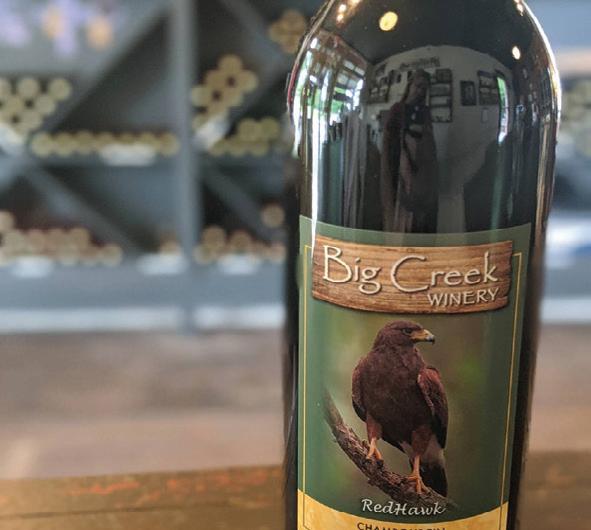
7027 Main St. Christiana, TN 37037 615-785-2124
Purveyor of Fine Oils & Vinegars — on Tap at THE AVENUE MURFREESBORO 2615 Medical Center Pkwy. Ste. #2070 615-895-0007 EPICUREANOLIVEOIL.COM












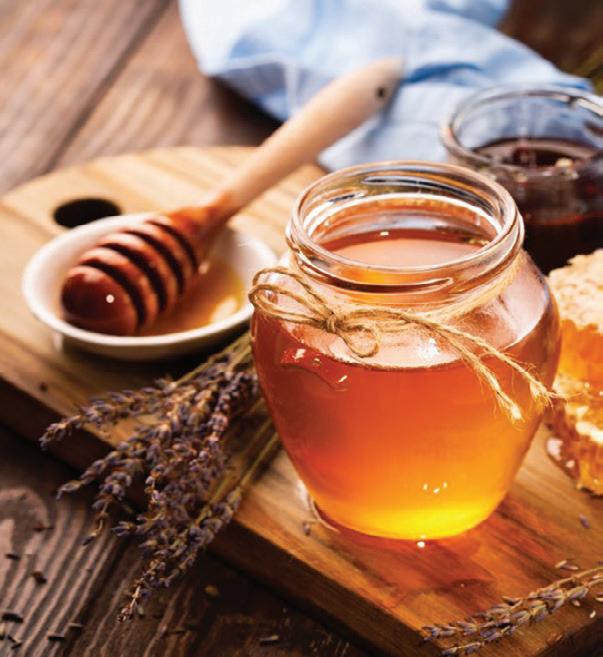

Your full-line health food store. BULK HERBS ~ VITAMINS ~ TEAS ~ FOOD PERSONAL CARE ~ BULK ITEMS ~ VEGAN FOODS GLUTEN-FREE FOODS ~ LOCAL HONEY
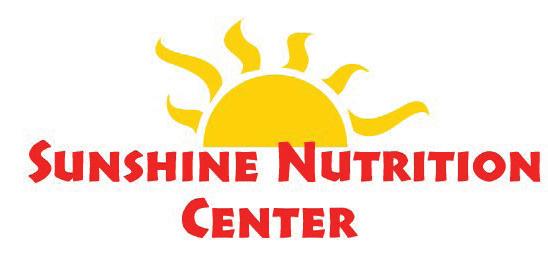
621 S. Church St. Murfreesboro 615-896-2972 Mon.–Fri. 8:30 a.m. to 6 p.m. Tues. 8:30 a.m. to 6:30 p.m. Sat. 8:30 a.m. to 5 p.m.

901 Rock Springs Rd. #170, Smyrna 615-355-6890 Mon.–Fri. 9:30 a.m. to 6:30 p.m. Sat. 9:30 a.m. to 5:30 p.m. Like Us: Facebook.com/SunshineNutrition
Gardening Education Series BY EDWINA SHANNON
Working Toward the Spring Planting Milkweed and Cover Crops, Removing Kudzu
ANOTHER GROWING SEASON COMES
TO AN END. The list for what I want to do next year has already started. Pollinator support is on that list. Dill is easy to grow and the caterpillars love it. I need to grow more dill. I would like to grow milkweed in support of the monarch butterflies. Monarchs and other pollinators are dependent on milkweed. Monarchs lay eggs on milkweed.
I had the pleasure of spending some time with local crusader for monarchs and milkweed, Linell. Some of the videos recorded with the monarchs’ emergence can be found on my channel on dailymotion.com entitled OurLocalPride.
Milkweed can be hard to source. You do need to plant milkweed that is appropriate for the area. Xerces.org is a resource, as is monarchwatch. org. Milkweed seeds have to know that winter has come and gone before they will germinate. If you are able to buy milkweed seeds, you can keep them in damp vermiculite or a damp paper towel and store them in the refrigerator for four weeks before casting or planting the seed. Watch for caterpillars with yellow, white and black stripes. These become monarch butterflies.
Please limit your use of Roundup and other “weed” killers. Milkweed is one of the natives that gardeners and conservationists are desperately trying to keep in the area. Kudzu is not, and kudzu does not shrink or die with weed killers. A friend of mine mentioned that an Asian company was looking at buying some Kudzu-laden land for product production. What product? A Google forager informs me that young leaves and tendrils are edible, although there is a texture issue. Also according to Google, kudzu’s leaf, flower and root are used to make medicine in Asia. Puerarin is the chemical in kudzu utilized in the medicine. The West has not been able to verify the medicinal claims, so products made with puerarin are not sold in North America. In my book, kudzu still has to go.
Here we are in the fall, with those long kudzu vines. Start ripping, people. Rip it out of the trees that it is strangling. Rip it up from the ground. Mowing and cutting is not an effective way to get rid of it. Chemicals have a minimum impact on the plant but a long-lasting impact on the soil. You need to find the crown. Actually, expect to find multiple crowns. The kudzu crown is a bulb-like

feature at the top of the root system. If you can get the crown out, the vine is killed.
Start by pulling a vine and walking towards the resistance, which is where it has rooted into the soil. You can cut the vine, pulling the cuts into a debris pile that should be disposed of before they root in place. The little knot-like areas on the vine have the potential to become a crown. Crowns can be inches wide. When looking at one that big, I suggest a reciprocating saw. It will make the manual work easier. The crown will have large taproots emerging from it. As long as you have removed the entire crown, then the remaining taproots will not produce vines. Eventually, they will rot into the ground. While you are out there removing vines, pull the English ivy out, too. Your trees will thank you.
Fall is a great time of year to improve your soil health. Leaves are a friend. When you do the last mowing, chop the leaves with the mower, leaving them in place to join and improve the soil. Add the leaves as a “brown” to the compost. After you have removed the spent vegetable plants, layer your garden with leaves.
You want to prevent the garden soil from leaving the garden in the dormant months. Use the early part of a warm November as the final time to get a winter cover crop in. There are mixtures that are known for their high productivity in soil improvement. There is a very informative publication from the extension service, “Fall Cover Crop Selection and Planting Dates in TN” W235I. The Co-op and some garden centers would provide insight with seed available and expectations of using that seed. As an example, small grains like rye, oat and winter wheat provide biomass in building soil. Don’t underestimate the value of letting plants help with your garden or small farm success.
Teach Your Teens That the Little Things, Like Attitude and Habits Matter in Creating the Life They Want
AS WE WORK THROUGH THE CORONAVIRUS and recover from the subsequent approaches we took as a nation to fight it, and as we move past this political season that was intertwined with it, there is much uncertainty ahead. Regardless of where you get your news and information or the media slant you favor, there is very little attention directed at America’s health crisis of despair-death. It is truly the pandemic within the pandemic, but one very few people are discussing—until it affects them, that is.
There are three classes of behavior-related medical conditions that increase among groups of people who experience despair due to a sense that their long-term social and economic outlook is bleak. The three disease types are drug overdose (including alcohol overdose), suicide and alcoholic liver disease.
According to the CDC, the AMA and more than 40 state health departments, overdose death rates are escalating as high as 35 percent in many states. Overdose deaths were increasing even before COVID at a very high rate. In 2017, the opioid pandemic seemed to be reaching a plateau due in part to stricter regulations of prescription pain medication and President Trump’s brief success getting China President Chi’s assistance reducing the illegal importation of fentanyl into the U.S. in 2018, fentanyl use was escalating faster than ever through other illicit channels, causing a dramatic rise in synthetic opioids and a spike in overdose-related deaths.
Overdoses—both fatal and nonfatal—have increased 20 percent in 2020 compared with 2019, according to the Overdose Detection Mapping Application Program.
According to the National Suicide Helpline, calls to suicide help lines have skyrocketed. Suicide rates have been on the rise, a trend that did not just begin this year. By June of 2020, a CDC survey of 5,470 American adults found that onethird reported anxiety or depression symptoms. About 10 percent said they had considered suicide during the last month, and the rate of suicidal thoughts was highest among unpaid caregivers, essential workers, Hispanic or Black respondents and young adults.
Reports of domestic violence are also rising, and many experts are worried the cases reported are but a small fraction of those actually occurring. As someone who has worked directly with domestic violence cases for more than 15 years, I can emphatically tell you this is the case. There has been a substantial increase in calls to domestic violence hotlines across the country. Calls to these hotlines had increased by 76 percent by August of this year. They remain elevated at this time. This is a direct contributing factor to increased trauma for children. Many of these children unfortunately turn to self-harm, substance use and abuse, and suicide to escape. The escalating drug use, the increasing rates of suicide, suicide attempts and domestic violence are all contributing to an increase in deaths. They are also pouring a foundation of despair for our children, many of whom are now experiencing a more serious level of disconnection.
Parents ask me all the time what they can do to prevent their child from growing up to struggle with addiction. How can it be prevented? When should they start talking to their kids about drugs? If I could bottle the solutions to those questions, I would be a very wealthy man. It’s just not that simple, but there are absolutely solutions in prevention, and they must start at home. They also must start incredibly young. We want to educate every child and every parent and guardian about preventing addiction and preventing suicide, but the education must be foundational and address what fuels the experimentation and substance use in the first place. Drugs are very rarely the problem—they are almost always the symptom of the problem.
At the foundation of prevention, and at the very core of everything I present to youth and young adults across America, are two foundational concepts: risk factors and protective factors. They are absolutely key to lowering the risk of risky behaviors such as drug and alcohol use as an adolescent. Risk factors are characteristics at the biological, psychological, family, community or cultural level that precede, and are associated with, a higher likelihood of negative outcomes. Protective factors are characteristics associated with a lower likelihood of negative outcomes or ones that reduce a risk factor’s impact. As a parent or guardian, you must work to reduce your childrens’ risk factors and enhance their protective factors.
At Steered Straight, we partnered with a true visionary, Mr. Stuart Johnson and the incredible Success Foundation out of Plano, Texas, to provide teens and families across America with a blueprint for success. We deliver this blueprint to students and families in 50 states, and literally hundreds of thousands of teens have benefited from these principles. They enhance the protective factors that every successful young adult must possess. They reduce the risk factors and they enhance protective factors. Every family should implement these principles into raising their kids.
8Success for Teens Principals: Little Things Matter Attitude Is Everything Use the Moment Everything Starts as Small Steps There’s No Such Thing as Failure Habits Are Powerful You’re Always Learning Make Your Dreams Come True
One of the very things I love most about the Success for Teens curriculum is that it shows teens how to apply the Slight Edge Principles. It’s a philosophy that I teach in every program that Steered Straight presents across the country. The slight edge philosophy comes down to this: You can create any life you want, no matter how difficult it may seem, but only by understanding how small, positive steps make a difference over time. The things you do every single day—things that don’t look like such a big deal or like they don’t even matter—do matter! This philosophy is critically important right now as children’s lives have been completely upended because of this virus and shutting down our country because of it. They don’t comprehend it the way adults do, and virtually nothing in the media is addressing it, neither for kids nor for parents and guardians tasked with trying to navigate their kids through this ordeal.
Please visit steeredstraight.org/ resources and download the free eight-chapter curriculum for you and your teen called Success for Teens. Share it with loved ones and friends. There has never been a time when enhancing protective factors and building a foundation for success mattered more.
Michael DeLeon is the CEO and Founder of Steered Straight, the No. 1-booked school presentation organization in America. He is a recovered addict, ex-offender and a national leader in prevention, recovery, addiction advocacy and criminal justice reform. For more, visit steeredstraight.org or call 856-691-6676 or 615-9627539. Visit the Steered Straight Thrift Store at 845-C Middle TN Blvd., Murfreesboro.
The Largest Online Wellness Shopping Club in North America 500+ SAFE, NATURAL PRODUCTS 2-DAY DELIVERY


Opinion
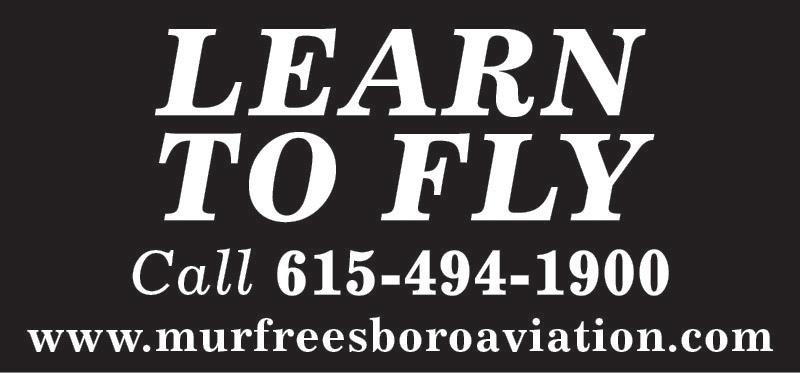
Live Exceptionally...Well! BY JENNIFER DURAND
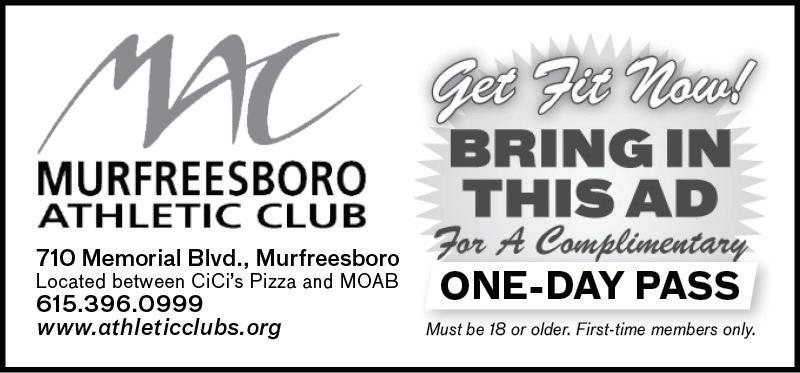
Nudging Influence
NUDGE: TO TOUCH OR PUSH GENTLY; to pester or nag; to urge into action; to prod lightly; to give encouragement or a reminder — Merriam Webster

Can you sense when someone needs a gentle nudge or reminder to make something happen, or take care of a task? What about self nudging? Are there times when you have to enlist self-talk to get moving or change the dynamic of an activity? I know I do, often!
“There’s a saying that goes, ‘The universe gives you a whisper, then a nudge, then a push and then an anvil on your head.’” — Sara Genn


Just recently, my oldest son bought his fi rst home. He took a week off from work to accomplish the tasks of packing, moving and setting up his new place. He works very hard, so when he has a day off he likes to unplug and forget about work for awhile. When vacation started, he wanted to unwind with some of his favorite activities. I could see that his enthusiasm for his new place was alive but buried a bit and he might need a little nudging to get things moving forward. I suggested that he just move a few things over the fi rst day. Success! That buried excitement just needed a buddy to say “hey, let’s go do this together.” I could see that simply suggesting one thing at a time was easier to digest and manage. Once that got things in motion, we took each additional step, one at a time.
We went shopping for incidentals (garbage bags, toilet paper, cleaning products, etc.), then the next day it was shopping for furniture and so on. I knew he only had the week to get everything the way he wanted, at least enough to be inhabitable, and that meant making sure things were getting done each day. Once the momentum got going, his excitement mounted and he was feeling his own creativity in arranging the house the way he wanted. I was grateful to be his encourager, especially when he said “thanks, Mom, for nudging me to get these things done.” He is in full swing of this “rite of passage” in his life and it is fun to be a part of it.
“If a stick is fl oating down a river and gets stuck, it doesn’t need years of therapy. It just needs a little nudge and then it will get back into the fl ow of the river.” — Michael Neill
NOW, WHAT ABOUT SELF-NUDGING?
What about those times when we need our internal “nudge” to compel us to strive for excellence or to do something better? I got caught up in doing some deep cleaning in our home and came across the return air vent covers. You know, the ones that have teeny tiny ridges in the panel that love to collect dust? As I was cleaning each little ridge, I was excited about the shine I was revealing under that layer of dust. Well, there are a lot of little ridges in those vent covers. I also wasn’t planning on spending a laborious amount of time cleaning them. Ha! I could see that it would look clean and bright to the normal eye (if anyone even bothered to look that closely at the panel). Underneath the lip, however, you had to get in further to clean it out completely. At fi rst it was easy to think “no one will ever know or notice, it’s okay to just get the surface portion.” Well, a little nudge inside me said “but you will know it isn’t completely clean, and you’ll have more buildup on it the next time.”
Since I like and appreciate true cleanliness and order, the inner nag knew I needed to be reminded or nudged to strive for just a little bit more. Maybe that particular job wasn’t as signifi cant as some others but it’s the underlying principle. If we aren’t willing to give just a bit more we will never know the difference that can be made or the effect that can be achieved.
“So, what’s a nudge? A nudge is some small feature of the environment that attracts our attention and alters our behavior.” — Richard Thaler
The principle is to always strive for excellence, not error, and to listen to and let the nudgers (others or your own internal) infl uence gently encourage you to create change and make a difference.
Jennifer Durand is the owner and operator of The Nurture Nook Day Spa & Gift Shoppe; a certifi ed QiGong and Breathe Empowerment instructor, and is licensed in massage therapy, body work and somatic integration. Visit nurturenook.com or call 615-896-7110.
Still Very Little Science Pointing to Everyone Wearing Masks
About the same percentage of people in each group study, anyway? We rely on our news media to sift
VIEWS OF A through these studies and tell us what’s in them.
CONSERVATIVE They failed us for a full month. Thank God some others actually bothered to read the study, or we PHIL VALENTINE might never have known. philvalentine.com People ask me why I’m so against masks. I’m
Igood science to back something up, I’m all in. I t’s becoming increasingly dif- wear my seat belt religiously because the stats fi cult to believe anything that show that I’m safer wearing one than not. We have comes from our health experts no such stats for masks. And it’s not because the these days. The CDC released a study on Sept. 11 that sought to Coronavirus is so new. There have been mask studies for years, and they all show pretty much the same results. Face masks are virtually ineffective in discourage people from dining stopping any kind of virus. Even the CDC and our out. However, when you actually so-called health experts like Drs. Fauci and Birx dig into the numbers of the study were telling us early on not to wear face masks, to you fi nd that fewer than half of the infected group they studied save them for the health professionals. They told us then that masks were ineffective in stopping the spread of COVID, which led me to wonder why we had actually done so. The control were saving them for the health professionals. group, a similarly sized group who Then they did a 180, and suddenly the mask had visited a health- Nazis who were screaming at care facility but who did not test positive for COVID, had a little less interaction with a restaurant. Therefore the study concluded that Face masks are virtually ineffective in stopping any kind of virus. Even you at the grocery store for wearing a mask and putting healthcare workers at risk were screaming at you for not wearing a mask. One of my sons asked me why it was that conservatives were less likely to wear a mask. There are a couple of restaurants posed the CDC and our reasons. Conservatives tend to a higher risk. That may actually be true. It’s diffi cult to determine from this study. The glaring omission from so-called health experts like Drs. Fauci and Birx were telling us not like being told what to do. The other reason is conservatives tend to be independent thinkers. If you’re going to require them to do something, you damn well better have a the study had to do with face early on not to good reason. There just isn’t masks. The vast majority of both groups (85 percent of the infected group and 89 wear face masks, to save them for any scientifi c evidence to suggest wearing a mask stops the spread of COVID. In fact, there percent of the control group) the health are dozens of graphs out there wore masks either often or always. Only about 3 percent professionals. showing the COVID curve in various cities and countries. from each group never wore No matter at what stage the a mask. Yet in one group mask mandate came in, the you had infections and in curve spiked then ramped the other you had none. That tells me much more down the other side. There’s not an instance I’ve about masks than it does about restaurants. The seen where masks made any difference. common denominator in both groups was a mask, I’m more than willing to follow the science. which appeared to make absolutely no difference. There just isn’t any on masks. not. I’m against bovine scatology. When there’s wore masks. One group had zero infections, the Phil Valentine is heard each weekday afterother had 100 percent infections. noon on SuperTalk 99.7FM in Nashville and
It took a month for someone to actually notice online at 997wtn.com. For more of his comthis data inside the study. Who really reads the full mentary and articles, visit philvalentine.com.

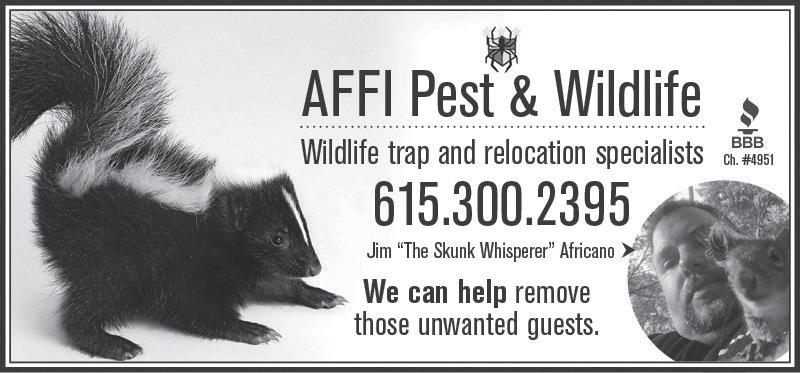
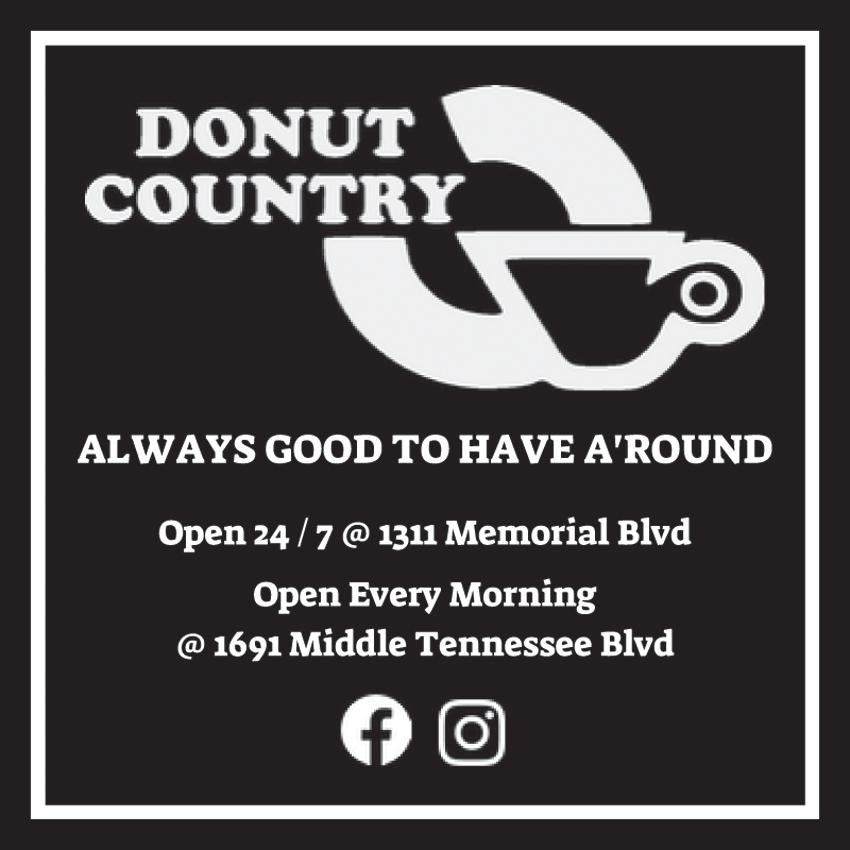
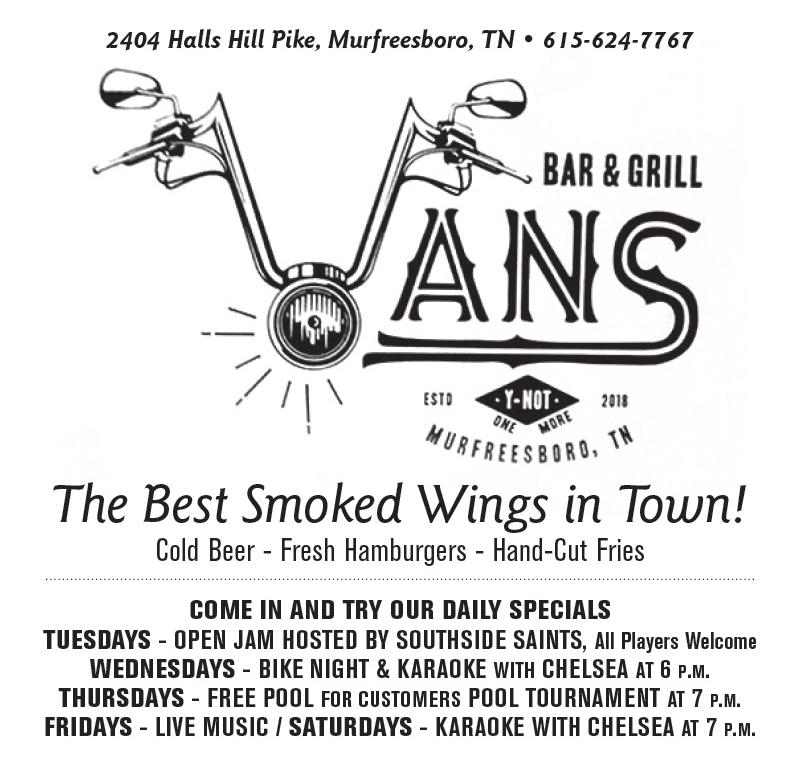
A Brave New Workforce
IT’S TOUGHER NOW THAN EVER to manage a team of employees when so many are working remotely. For most, this is a new experience for the employee, the manager and the corporation itself. But this is not a phenomenon that is going away. Working from far away appears to be here to stay.
In the past, when an employee might otherwise be content avoiding rush hour gridlock and working in comfortable house slippers, it was the manager who took a dim view on that scenario. After all, when the cat’s away, the mice will play, won’t they? How can a manager prove his worth unless he is physically staring at his people? What if employees get their projects for the
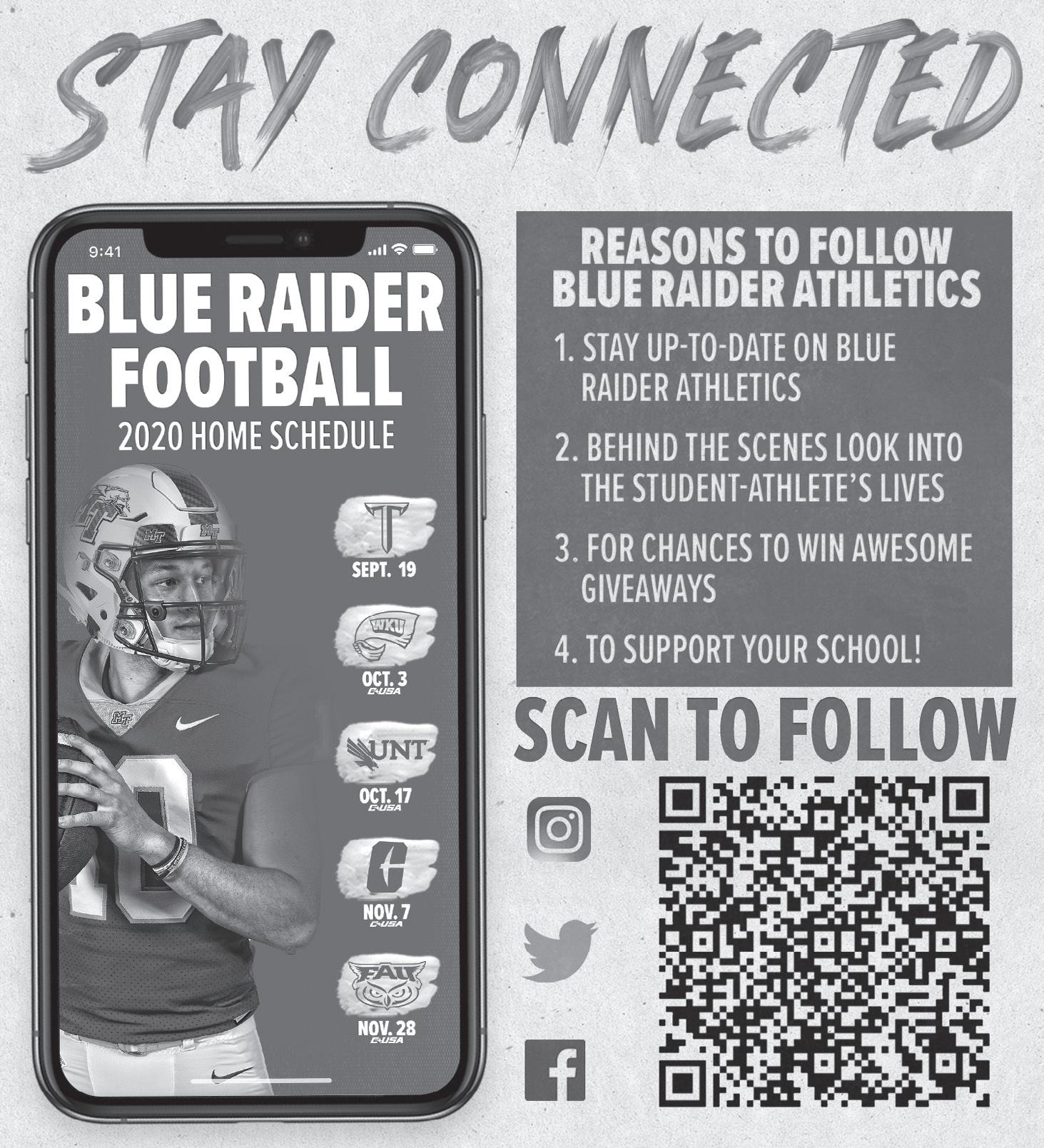
day completed in seven and a half hours instead of eight? What will they do with the additional 30 minutes? Who will complain about the refrigerator in the break room and contribute to the coffee kitty?
Recently, I was interviewed for a podcast for public speakers. The host wanted to discuss my new book, Managerial Mistakes, Missteps & Misunderstandings: An Essential Guide to Avoiding Common Pitfalls. Of course, I was honored but concerned about the content of discussion, because the episode would only be 20 minutes. I suggested narrowing it down to my chapter on the trappings of micromanaging, a personal pet peeve of mine. But the host was most intrigued by my segment on managing remote workers. This portion almost didn’t make it into the book, but given the current circumstances caused by COVID-19, I felt it was necessary to include it.
In the book I discuss the problem of a boss not being mindful of his or her employees. I emphasize the importance of being “present,” not just physically, but in mind and spirit. In 2020, a common challenge is for those managers who are not sharing a location with the rest of the team. So, the host and I had a conversation about what I call the “Four C’s” of managing a remote workforce: Commitment, Clarity, Connection and Communication.
When an employee begins working from home, it may not all be smooth sailing at first. Management may have concerns in regard to the employee’s aptitude, isolation, a lack of focus and IT issues. It is important to commit to the process, and to discuss and work out the challenges. Be patient. Everyone will have a learning curve. I have personally been impressed, however, with how quickly tech services in both business and education have been able to pivot into a new work dimension.
When a manager asks a newer employee if they understand what they are to do, it is a cue for that employee to say “yes” and nod in affirmation. And if by yes they actually meant “no,” a worker can always walk down the hall later in the day and ask for details. Clarity from the onset is important because the team member will not have the luxury of proximity. Perhaps the most important function of a good manager is to serve as a “lifeline” for his or her people. Boil the task down to basics and offer an alternate resource such as a policy manual or another employee to contact should they not be able to easily reach you.
Making a true connection with your

people is hugely important. In my management workshops, I often ask leaders to describe the nature of the relationship they have with their individual team members. It is a safe bet that if a boss does not know what kind of relationship exists, it is likely not a good one. If it were good, the manager would describe it as such. As a manager, set aside time to touch base, check in or otherwise “chat” with distant employees. This may sound like a waste of time, but I assure you it is time well invested. When workers have a good connection with their supervisor, they are more confident and have a better focus on what to prioritize.
Finally, maintain good communication. This should be present in the other three aspects, but it is not always mastered. Communication is the foundation of good leadership. I ask managers to make an honest self-analysis of how well they express ideas. A failure here can create a waste of time and money, should employees misunderstand what the task at hand truly is.
Many of us have had the “new normal” thrust upon us and it has not been easy, though most who have changed their work venue have adapted well. Next year, some will return to the corporate office and some will not. Either way, team members need to help one another, and managers need to guide them.
Blaine Little is the founder and CEO of Momentum Seminars Training and Coaching, helping companies remain profitable by investing in their people. Learn more at momentumseminars.com. Find his new book Managerial Mistakes, Missteps & Misunderstandings on Amazon in paperback or Kindle format. Also, check out his podcast at bit.ly/ toastcaster143.







